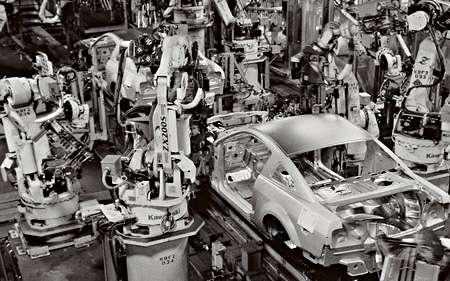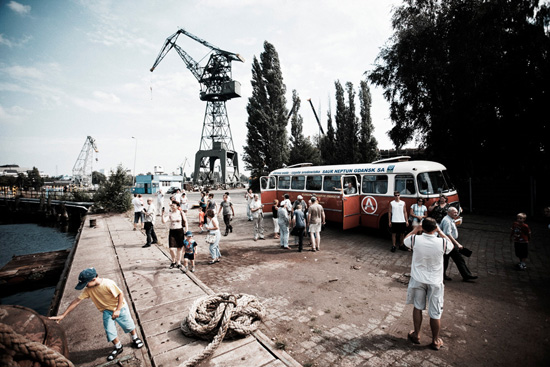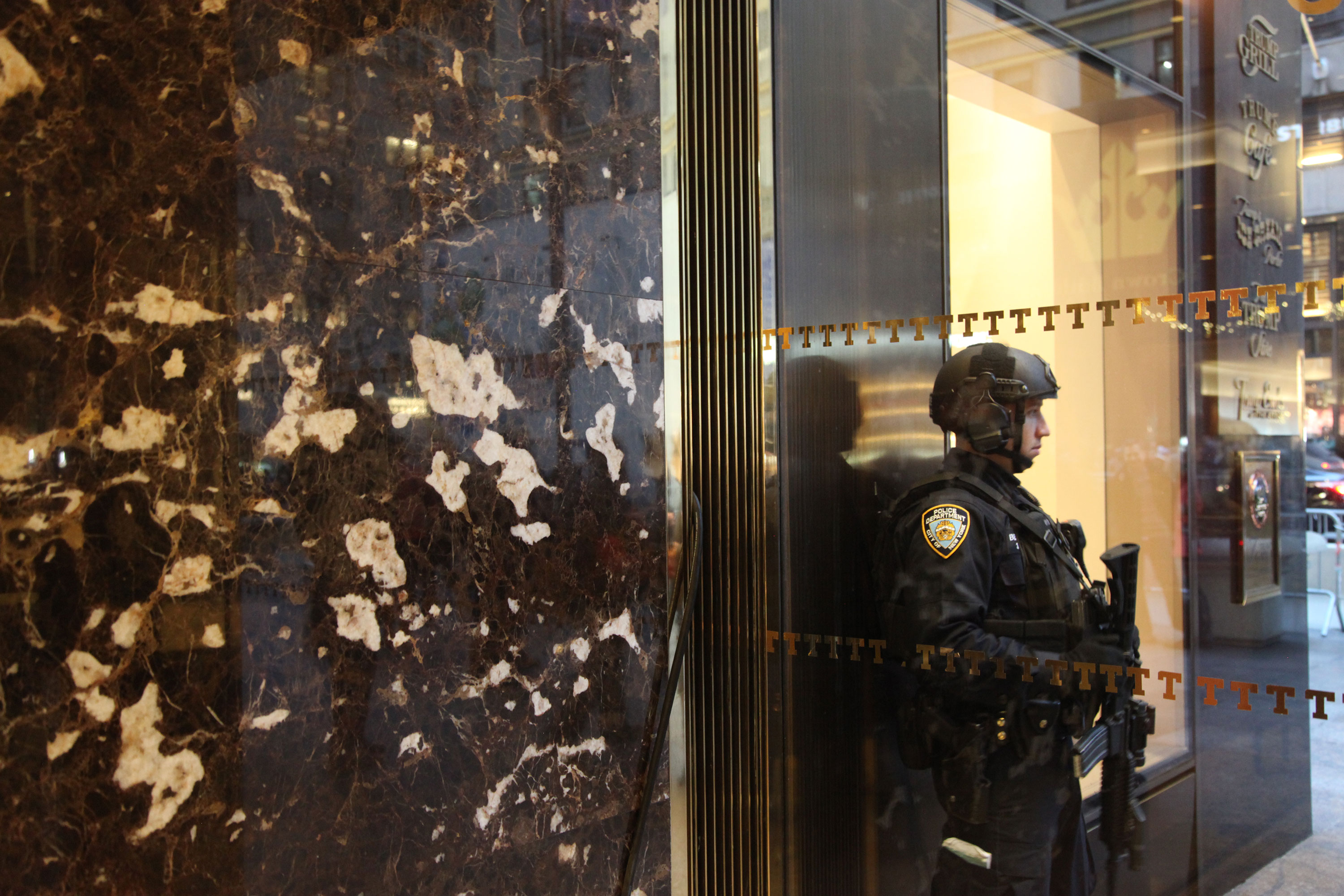RentStrike
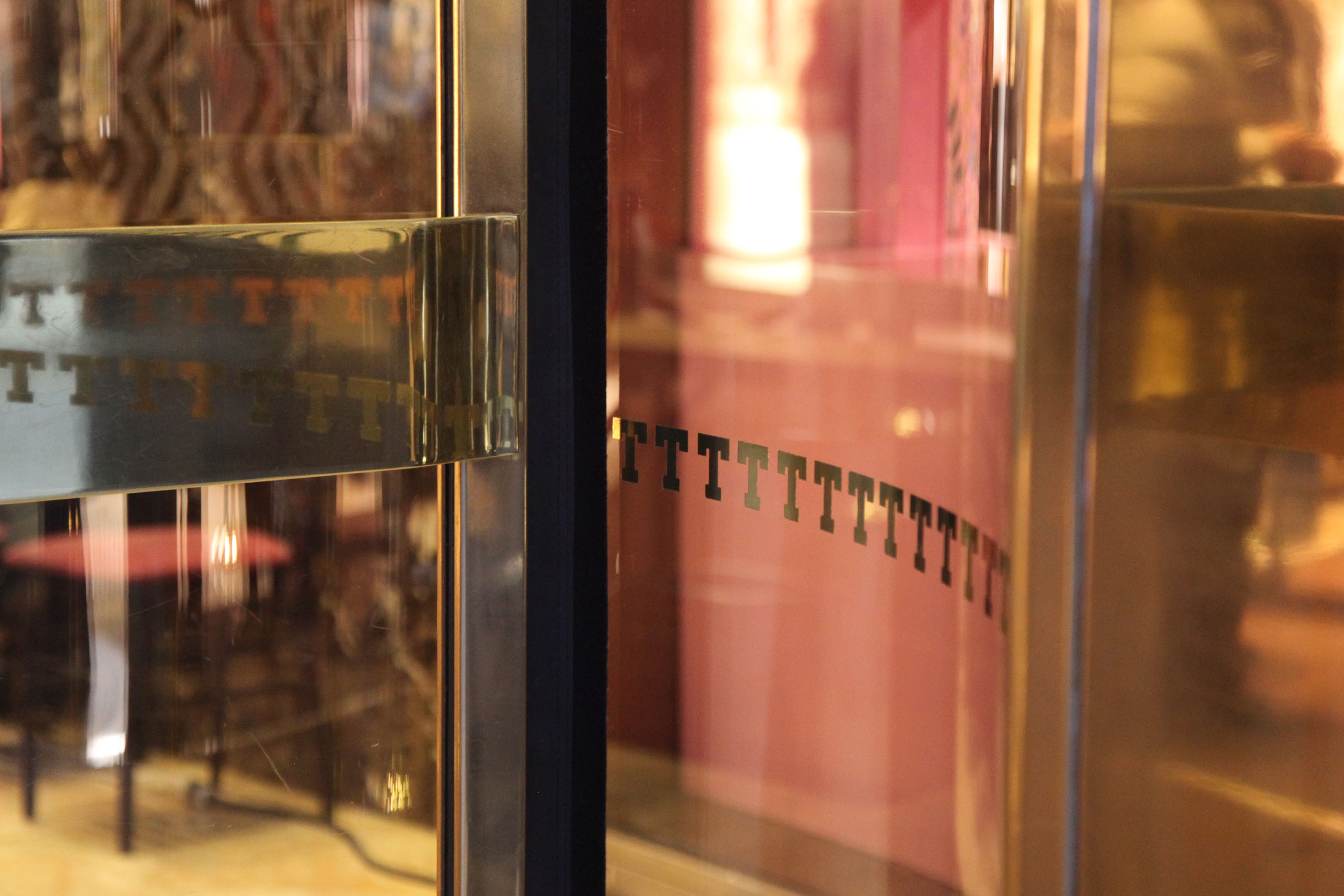
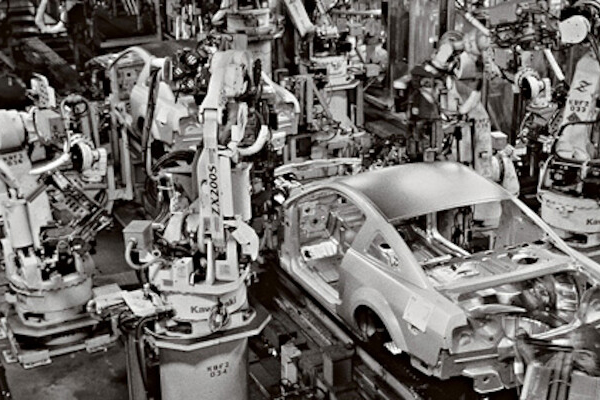
The aesthetics of the pandemic have come to include views into a precious but controlled world of home decor: clean interiors with an undisturbed view for clear data transmission, designed along the paradigms of a cognitive Zoom labor class’ comfortable minimalism. While this controlled environment is projected during the pandemic, it is a mere disguise to an incoming recession that will be its most immediate and broadest effect. Continually de-monetized through fantastically inflated rents in urban centers, a large coalition gathering around a “Rent Strike“ seeks to build a comprehensive and unmitigated response towards the dehumanizing effects of capitalism and its gross depletion of moments for intervention. This reader aims to help identify places, interiors, and their frameworks as spaces for a new commonality.
Framelessness is a dream fulfilled as we enter the regime of the minimal within architecture. This is where the aesthetic coding of this place starts to align with the values of car production and kitchen design more than it does with the notion of work or social exchange. The car is the place of individual fulfillment where luxurious materials are deployed towards the crude representation of desire. The advanced kitchen is also a place where cabinetry and appliances start to lose their handles, hinges, and frames. The car and the kitchen are the two legacy aspects of advanced modernism that carry individual desire and have the potential to be replaced. The building under consideration deploys the logic of the car and the kitchen in its aesthetic clues.
